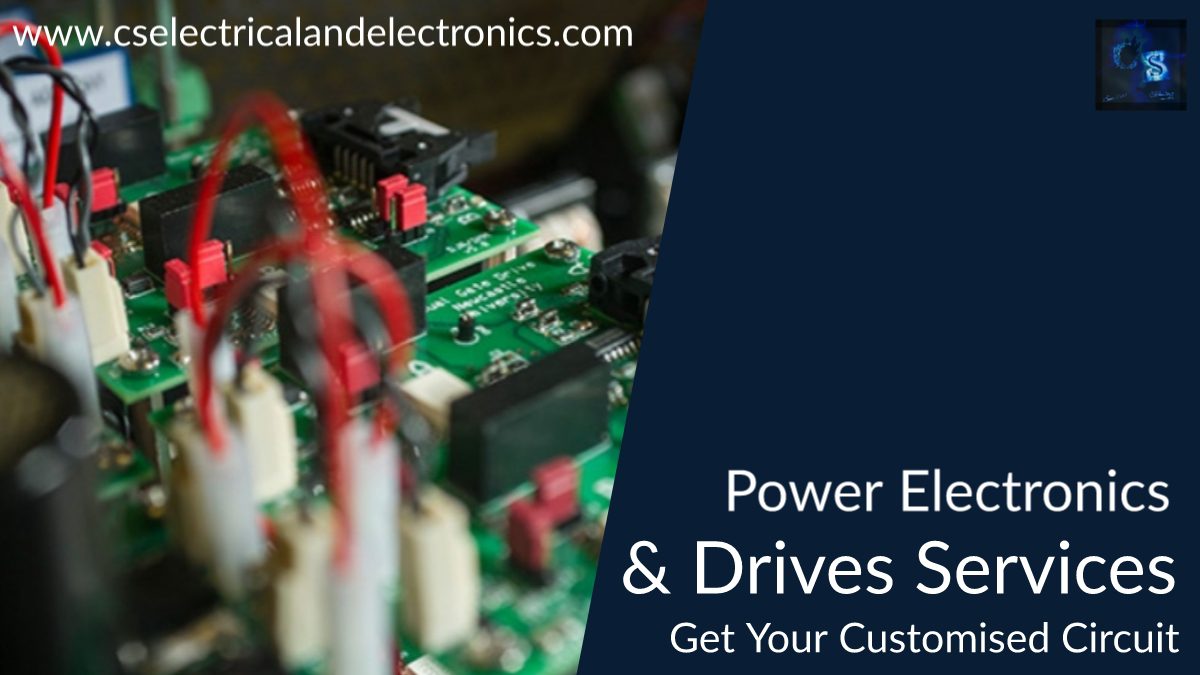Power Electronics & Drives Services | Get Your Customized Circuit
Power electronics and drives refer to the use of electronic devices and systems to control and convert electric power from one form to another. Power electronics and drives are used in a wide range of applications, including electric vehicles, renewable energy systems, and industrial machinery. Power electronics and drive systems typically include power semiconductor devices such as diodes, transistors, and thyristors, which are used to convert and control the flow of electric power.
These systems also often include control electronics, which are used to regulate the operation of the power electronic devices and ensure that they function properly. Power electronics and drives play a critical role in modern electrical systems, and their use is increasing as the demand for efficient and reliable electric power grows.
How to design power electronic circuits?
There are several steps involved in designing power electronic circuits:
- Identify the application and determine the power requirements: The first step in designing a power electronic circuit is to determine the specific application for which it will be used and to assess the power requirements of that application. This information will help to determine the type of power electronic circuit that is needed, and will also provide important design parameters such as voltage, current, and power ratings.
- Select the power electronic components: The next step is to select the power electronic components that will be used in the circuit. This typically involves choosing the power semiconductor devices, such as diodes, transistors, and thyristors, as well as other components such as capacitors, inductors, and transformers. It is important to select components that are suitable for the application and that meet the design requirements in terms of voltage, current, and power ratings.
- Develop the circuit diagram: Once the components have been selected, the next step is to develop a circuit diagram that shows how they will be connected. This typically involves using standard schematic symbols to represent the components and showing how they are connected to each other.
- Simulate the circuit: Before building the actual circuit, it is often useful to simulate its operation using a computer program. This can help to identify potential problems and to optimize the circuit design.
- Build and test the circuit: Once the design has been finalized, the next step is to build the actual circuit and test it to ensure that it functions as expected. This may involve making adjustments to the design and retesting the circuit until it performs satisfactorily.
Overall, designing power electronic circuits involves a combination of technical knowledge and experience, as well as a thorough understanding of the application and the power requirements of the system.
Need Support?

